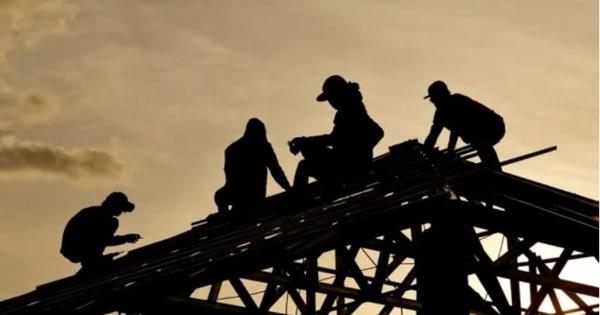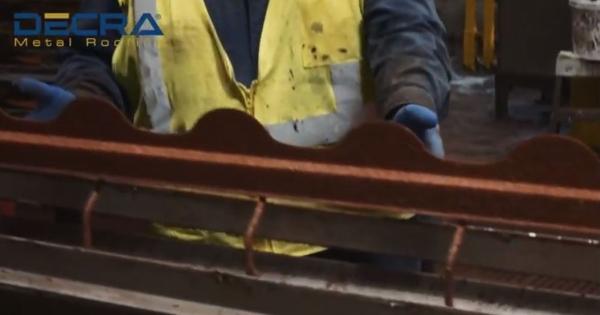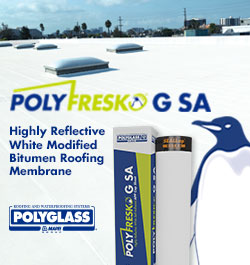Can you handle the POWER?

Maintenance, productivity and getting your money’s worth from your power source.
By Shari Carlozzi, HAPCO Inc.
Nine out of 10 service calls to Hapco’s Tech Support Hotline are power oriented. And usually center on the following issues. Do any of these sound familiar?
- My welder won’t move
- My welder wont heat up to the temperature I need
- Why can’t I use House Power?
- Why am I burning out so many heating elements in my hand welders?
It’s all about the power you deliver and HOW you deliver it! Test your knowledge by answering the questions below:
True or False:
QUESTION: If I use 300ft of line cord I can leave my generator on the ground and save money?
False! Line cords over 100 ft. will cause a drop in voltage resulting in an increase in the amperage to the tool, burning out the elements an even some circuit boards and other components.
Resolution: Crane your generator to the roof and only use 100 ft., 12-gauge wire line cords from your building supply company who sells commercial equipment - not the big box stores who sell to homeowners. There is a difference!
QUESTION: The building has a 220V outlet, so I don’t need a generator?
False! Most 220V house lines only provide 208V which is NOT enough power to sustain tool movement, airflow and heat for successful welds on the roof. Your welders require 230V to provide quality welds. Your welder will ether NOT reach full temperature or it will NOT move with only 208V of power.
Resolution: Buy a voltmeter to test the two “hot” lines of your house outlet. Each line should register 120V for a 240V total power delivery to your tools. If you are not getting 230V of power, you will need to use a generator to properly power your equipment.
QUESTION: The membrane manufacturer says I need a 10,000W generator if I am using an automatic welder on the roof to carry the power load - is that right?
True! Membrane manufacturers strongly recommend nothing less than a 10,000W generator to carry your welding load. You need to figure that your generator will drop 15% of its stated wattage for your continuous running of the welder while carrying its load. A 10,000W generator will produce 8,500W of sustainable power for your tools.
**If you have a 4600W auto welder and a 2000W hand welder, your power consumption on that generator is 6600W, so your 8,500W generator can efficiently power your tools.
Download these tips and enter to win a free voltmeter here. Next month, we will discuss the best way to get the right generator for your business - new or used.
Shari Carlozzi is the national sales manager, commercial roofing division for HAPCO Inc., a leader in the heat tool industry. She also serves as vice chair of National Women in Roofing, a volunteer-based organization with the goal to provide networking, recruiting, mentoring and education for women roofing professionals. Learn more about HAPCO at hapcoinc.com.























Comments
Leave a Reply
Have an account? Login to leave a comment!
Sign In